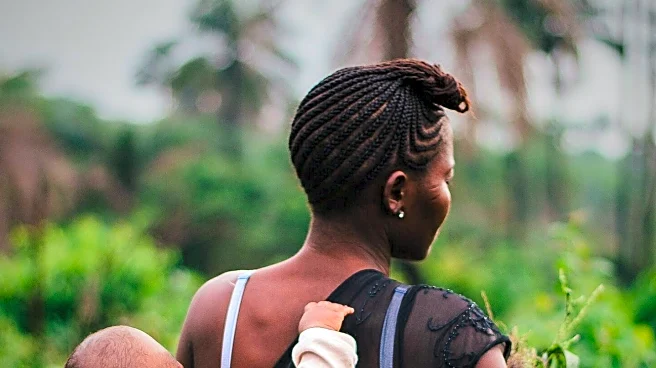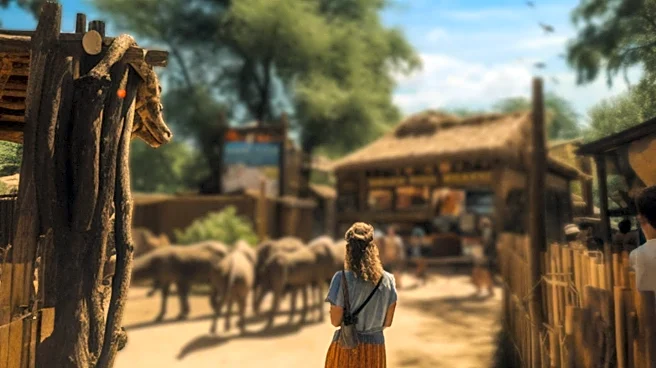What's Happening?
The World Health Organization (WHO) has released its recommendations for the viral composition of influenza vaccines for the 2026 influenza season in the southern hemisphere. This announcement follows a four-day consultation involving experts from WHO Collaborating Centres and Essential Regulatory Laboratories. The recommendations are based on data from the WHO Global Influenza Surveillance and Response System (GISRS) and are intended to guide national and regional regulatory authorities, pharmaceutical manufacturers, and other stakeholders in developing and licensing influenza vaccines. The recommended trivalent vaccines include an A/Missouri/11/2025 (H1N1)pdm09-like virus, an A/Singapore/GP20238/2024 (H3N2)-like virus, and a B/Austria/1359417/2021 (B/Victoria lineage)-like virus. The WHO has also updated its recommendations for the development of new candidate vaccine viruses for zoonotic influenza, focusing on pandemic preparedness.
Why It's Important?
These recommendations are crucial for ensuring the effectiveness of influenza vaccines, which are updated regularly due to the constantly evolving nature of influenza viruses. By providing a basis for vaccine composition, the WHO helps protect public health worldwide. The inclusion of specific virus strains in the vaccine composition aims to enhance the vaccine's ability to combat prevalent influenza viruses, thereby reducing the incidence and severity of flu outbreaks. This is particularly important for the southern hemisphere, where the flu season typically occurs from May to October. The recommendations also reflect a shift away from including the B/Yamagata lineage antigen, which has been deemed unnecessary by the WHO advisory committee.
What's Next?
Following the WHO's recommendations, pharmaceutical companies and regulatory bodies will begin the process of developing and licensing the influenza vaccines for the 2026 southern hemisphere season. This involves producing vaccines that align with the WHO's specified viral strains. Additionally, the updated recommendations for zoonotic influenza vaccine development will guide efforts in pandemic preparedness, potentially leading to the creation of new vaccines that can address emerging influenza threats. Stakeholders in the healthcare and pharmaceutical industries will closely monitor these developments to ensure timely and effective vaccine distribution.
Beyond the Headlines
The WHO's decision to exclude the B/Yamagata lineage from the vaccine composition reflects a broader trend in influenza vaccine development, where certain virus strains are phased out as they become less prevalent. This highlights the dynamic nature of vaccine formulation and the importance of global surveillance systems in tracking virus evolution. The focus on zoonotic influenza also underscores the ongoing need for pandemic preparedness, as new influenza strains with pandemic potential continue to emerge. These efforts are critical in safeguarding global health and preventing future pandemics.










